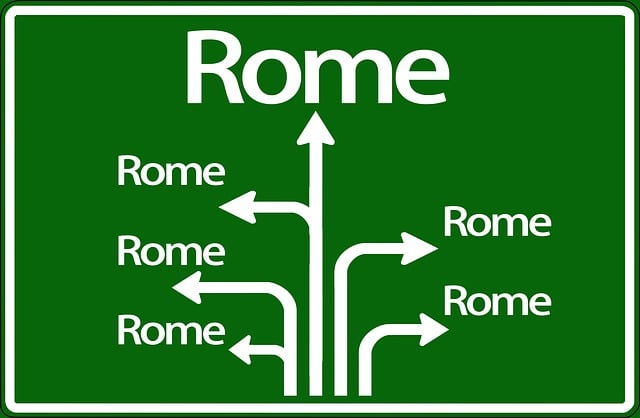Business success is heavily influenced by its location in real estate, with prime spots boosting visibility and foot traffic. Key factors for high pedestrian access include proximity to public transport, amenities, and scenic sites. After initial setup, strategic approaches like community events, local partnerships, and feedback loops are crucial to sustain and enhance local foot traffic, ensuring the location remains desirable.
In today’s competitive market, understanding the impact of location on foot traffic is paramount for businesses. This article delves into the essential factors that drive sustained pedestrian access, focusing on real estate selection as a key strategy. From analyzing demographic trends to optimizing neighborhood dynamics, we explore how the right location can attract and retain customers. Learn practical strategies to enhance local foot traffic after initial setup and transform your business’s visibility in the community.
The Impact of Location on Foot Traffic: Understanding the Essentials

The location of a business or establishment plays an indispensable role in attracting and sustaining foot traffic, which is a cornerstone of its success in the competitive market. In real estate, the saying “location, location, location” holds immense significance, especially for retail stores, restaurants, and service-based businesses. A prime spot can significantly boost visibility and accessibility, drawing both local residents and visitors alike. For instance, being situated in a bustling commercial district or alongside popular pedestrian routes encourages walk-ins and increases the likelihood of returning customers.
Key essential factors include proximity to residential areas, public transport hubs, and other amenity hotspots. Easy accessibility by foot ensures convenience for potential patrons, fostering a sense of community engagement and footfall. Moreover, understanding the demographics and preferences of nearby residents can help tailor business offerings to meet specific needs, creating a loyal customer base that keeps returning for more. This strategic approach to location analysis in real estate is vital for maximizing exposure and ensuring a steady stream of customers, ultimately driving business growth and profitability.
Key Factors in Real Estate Selection for High Pedestrian Access

When selecting real estate with a view to high pedestrian access, several key factors come into play. The most immediate consideration is the proximity to public transportation hubs such as trains, buses, and subway stations. Easy accessibility by foot from these nodes significantly boosts foot traffic potential. The layout of the surrounding area, including nearby amenities like schools, parks, shopping centers, and entertainment venues, also plays a vital role in attracting pedestrians.
The physical characteristics of the site are equally important. Good visibility and well-lit paths encourage leisurely strolls, making safety a paramount concern. Smooth connectivity to wider streets or pedestrian-only zones facilitates continuous flow, while scenic landscapes or aesthetically pleasing architecture can enhance the overall experience, drawing people to stay longer.
Strategies to Enhance and Sustain Local Foot Traffic After Initial Setup

After the initial setup, a strategic approach is essential to enhance and sustain local foot traffic in any real estate venture. One effective method is to create a vibrant community atmosphere by organizing regular events like farmers’ markets, art exhibitions, or cultural festivals. These gatherings not only attract locals but also foster a sense of belonging and encourage repeat visits. Additionally, partnering with local businesses and offering joint promotions can drive more foot traffic as customers from one establishment are directed to others in the vicinity.
Implementing customer feedback loops is another powerful tool. By actively listening to patrons’ needs and preferences, property managers can make data-driven decisions to improve amenities and services. This might include adding more seating areas, enhancing outdoor lighting, or introducing new retail concepts tailored to the community’s interests. Such continuous refinement ensures that the location remains desirable and relevant over time.






